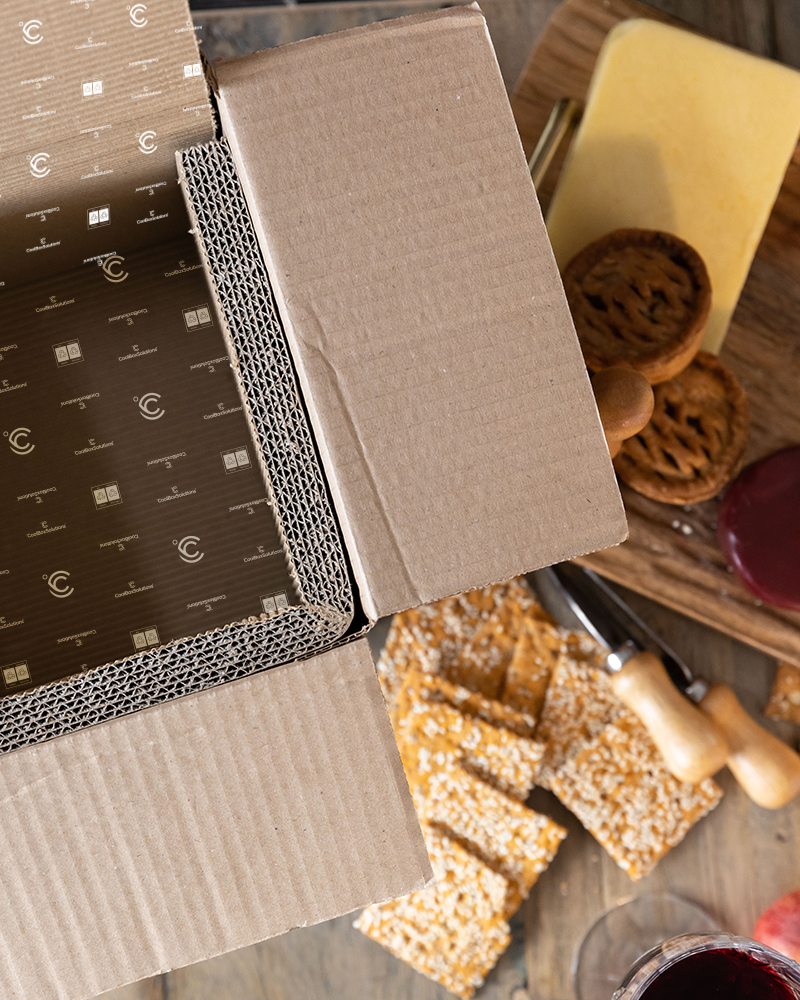With eating healthily and cooking meals from scratch on the rise, we have seen an increase in the amount of people who need chilled packaging solutions for sending raw meat products. With this increase in demand, we wanted to put together some guidelines for ensuring the safe shipment of raw, chilled meat products.
Temperature requirements
Firstly, and most importantly, is the temperature requirements for shipping raw meat products. Different meats have different requirements, for example, chicken should never be kept in excess of 4°C, versus beef which can go as warm as 7°C (although we would recommend going a degree below this so there’s no risk of breaching the top temp).
Obviously, any products kept below 0°C will freeze.
Contamination
Contamination inside the packaging is also a key factor – raw meats should not:
- Touch other types of raw meat – chicken can be kept with chicken, but not with turkey or beef for example
- Touch other products, whether they are in packaging or not.
All raw meats need to be kept in their own packaging, which not only reduces the risk of contamination but also helps to keep them safe from other types of damage like being squashed.
It goes without saying that chemicals should never be shipped with foodstuffs.
Training
Make sure that all staff members involved with the process of packaging both meat and other products are fully trained in food and hygiene standards. This includes safe food storage and transportation training.
Types of training courses that can help include:
- Food Hygiene
- Food Safety (Level 1+)
- HACCP (Hazard Analysis Critical Control Point) for Food Manufacturing or Catering
Packaging
It’s really important to use strong, sturdy, temperature-controlled packaging. This doesn’t only protect your meat products, but everything else inside the box as well from damage as well as suffering adverse temperature changes.
Double walled boxes are very good thermal insulators when used alongside coolants like ice packs or ice bottles, although single walled boxes are also fine with adequate interior packaging fillers and coolants.
Our Coolbox boxes contain a minimum of 4 insulating cavities for shipping chilled food products.
